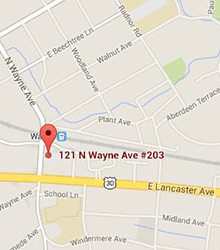Some things require a “team-effort.” For example, dental implant treatment relies on a supportive environment from top to bottom to be successful and long-term effective.
One factor that impacts your procedure involves your sinus cavity. It depends on the structure of your anatomy in the upper quadrant of your mouth.
The roots of your upper molars can be located too close to your sinus area. If this is the case, you will experience an opening into the sinus cavity following the loss of an upper molar.
This would also cause a problem for the implant post being placed in that location.
Your all-around health
Your dental implant (wherever it’s located) requires healthy bone tissue. The bone near your sinus is thin and is therefore not adequate to support an implant.
When replacing a missing upper molar the lower sinus area will need to be lifted or augmented. A sinus lift makes it possible for your new tooth structure to be placed.
About your lift
A sinus lift will add thickness to your bone structure. It’s common on occasion to experience some congestion following the procedure.
Your congestion will clear up during the healing procedure. Once healed you will have normal breathing function, voice clarity, and no additional complications to any allergies you might have.
A sinus lift procedure ultimately improves the success of your implant treatment and allows you to enjoy solid, restored tooth function with a dental implant.
Contact your Wayne dentist about dental implant treatment. Schedule an examination to access the health of your bone tissue to prepare for a successful procedure.

